Rangoli is a unique tradition that portrays numerous art forms and is also a harbinger of good luck and other specific significance. Diwali is one of the many Indian celebrations that would not be the same without Rangoli. On the floor surfaces of homes, rangoli designs are typically created using rice flour, coloured sand, flowers, diyas, and petals. Peace Rangoli with Diamonds is thought to have spiritual value in addition to elevating the house’s appearance to commemorate the celebrations.
The Background of Peace Rangoli with Diamonds
The history of Rangoli is complex. Let us examine a few of the numerous legends:
- At one point, Lopamudra, the renowned Rishi Agastya’s wife (recognized for his contributions to Sanatana Dharma), desired to assist her husband in engaging in divine devotion. She created rangoli designs for the Yagyakunda Temple using rice, lentils, flowers, spices, and other materials. She asked the five elements—sky, earth, wind, water, and fire—to provide her with colors so that the design would look stunning. Her request was fulfilled, and the legacy of color is still here today.
- A kingdom grieving the loss of a boy fervently pleaded to Lord Brahma to bring the boy back to life. Feeling moved by the cries of his followers, Lord Brahma materialized and requested that the king draw a picture of the boy on the ground. The oldest Indian book of art, Chitralakshana, mentions that this was the first Rangoli ever produced, and it was this that revived the boy.
- In Dwarka, Gujarat, Rukmini, the wife of Lord Krishna, invented the Rangoli design.
- Once upon a time, God used the juice from a mango tree to paint a picture of a divine young woman who embodied the beauty of every celestial entity.

Meaning of the Peace Rangoli with Diamonds
Rangoli has multiple layers of meaning, much like the various Genesis legends.
- Rangoli symbolizes the artistic side of women and the beauty of creations seen in nature, as well as the benefits of the divine.
- It is symbolic of purity, good fortune, and cultivating an optimistic aura since women get up extremely early to scrub the surface before creating elaborate rangoli designs.
- The lotus flower, various floral shapes, peacocks, mangoes, and fish are all represented in the Rangoli’s design patterns. The colors have spiritual effects even though they are customarily passed down through generations. When they create or witness the rangoli designs, devotees feel the calm and the presence of holy energy.
- To welcome the gods into their homes and bless the people within, devotees carve images of the gods, such as the feet of the goddess Lakshmi.
- Rangoli designs were traditionally created to welcome and accommodate overnight guests. It was intended to ward off evil as well.
- The colors used in Rangoli represent love, compassion, and the benefits of the divine, while the perishable objects represent the passage from life to death.
Spirituality in Peace Rangoli with Diamonds
Like yoga and meditation, rangoli is an ancient art form passed down through the decades due to its profound spiritual value. In addition to representing sound waves, the curved patterns connecting the dots show the universe’s infinite size. Rangoli, an auspicious symbol that has developed with designs and materials employed, brings harmony and balance.
Steps to follow to make Peace Rangoli with Diamonds

- The surface that you will draw the rangoli should be cleaned and dried.
- Draw a 3×3 grid of dots using chalk or white powder.

- To create a smaller diamond, draw lines joining the central dot to the four outer dots.
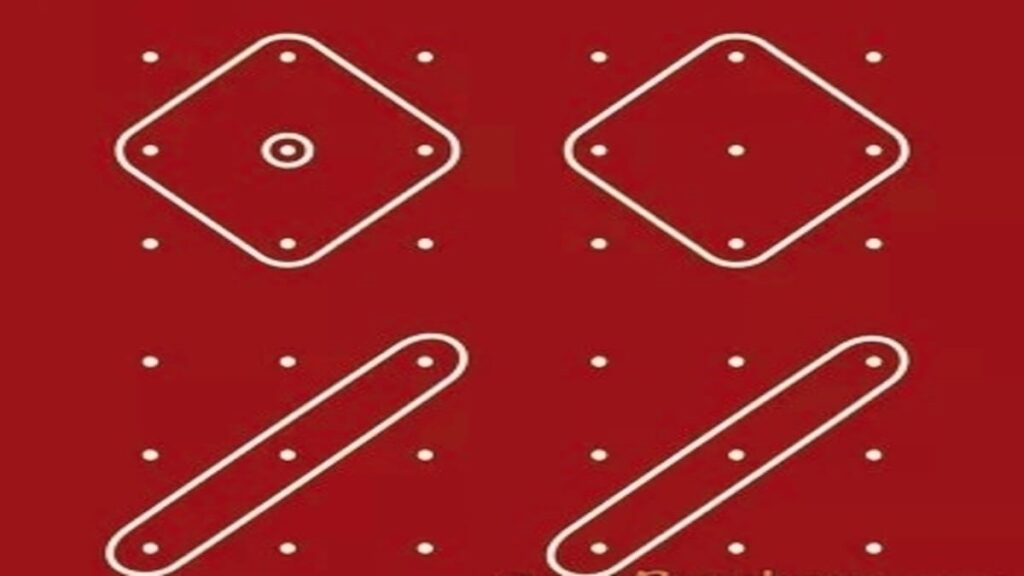
- For even more complexity, incorporate extra floral or geometric motifs inside the diamonds for Peace Rangoli with Diamonds.

- Assemble the colors exactly inside each segment using your fingers or a little spoon.
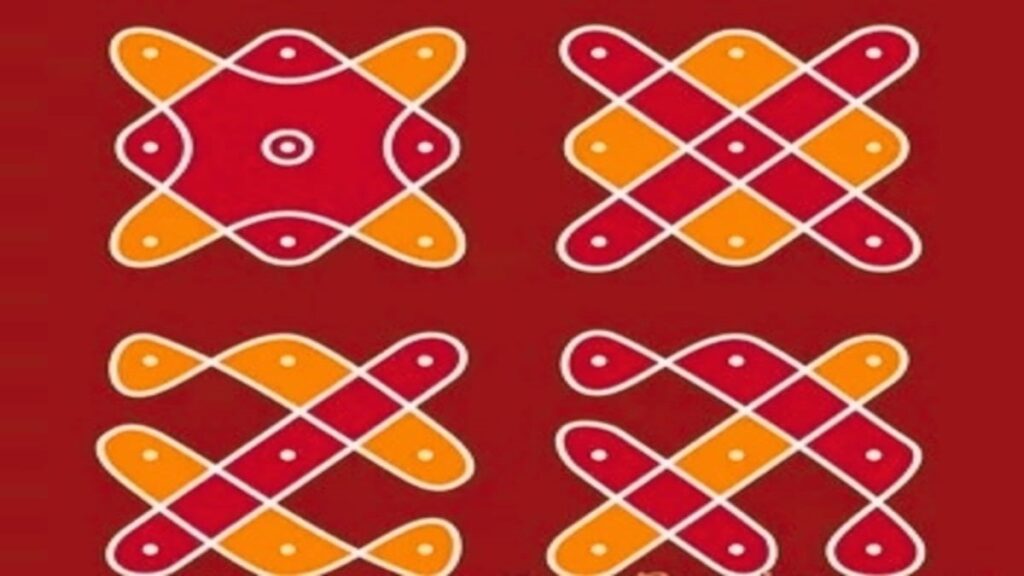
The Development of Rangoli
Ancient Indian culture is the source of the centuries-old practice of crafting rangoli. Rangoli has changed and developed over time as artists have experimented with different mediums and methods to produce dramatic and avant-garde creations. Rangoli is an art form that has evolved from traditional patterns handed down through the ancestors to modern designs that challenge the conventions of the medium.
Typical Rangoli Patterns
The symmetry, geometric patterns, and natural materials used in traditional rangoli designs define them. These designs frequently use symbols of religion and good fortune, along with natural elements like flowers, birds, and animals. People handcraft traditional Rangoli patterns using rudimentary instruments such as sticks, fingers, or stencils.
The “kolam,” a type of rangoli used in South India, is one of the most well-liked traditional designs. People traditionally produce kolams with rice flour to greet guests and bring fortune into their homes. Peace Rangoli with Diamonds comes in various sizes and forms, from simple geometric patterns to intricate floor-covering designs. Discover an array of breathtaking rangoli designs that will leave you inspired for days to come – follow us now.
Modern Rangoli Designs
Rangoli has changed in the last several years as artists have been experimenting with new mediums and methods to produce innovative designs that stretch the medium’s limits. Contemporary rangoli designs reflect the modern aesthetic through vivid colors, abstract shapes, and inventive patterns.
Using mixed media to create texture and dimension to designs, artists are increasingly using components such as beads, sequins, and glitter. This is one of the main trends in current rangoli creation. Modern rangoli patterns frequently feature aspects of street art and graffiti, with artists utilizing techniques such as spray paint, stencils, and other materials to produce striking and eye-catching designs.
Utilizing technology to create interactive and immersive rangoli installations is another trend in modern rangoli design. Artists are employing digital tools like graphic design software and projection mapping to achieve this. To provide the audience with a multi-sensory experience, these digital rangolis frequently include interactive components, sound effects, and moving images.
Final Thoughts
In summary, rangoli is a colorful and lively art style that has changed and developed over time. Rangoli’s beauty and ingenuity captivate audiences, from ancient patterns to modern, convention-defying designs. Making a rangoli design is a delightful and fulfilling way to honor Indian culture and highlight your artistic abilities, regardless of your level of skill.

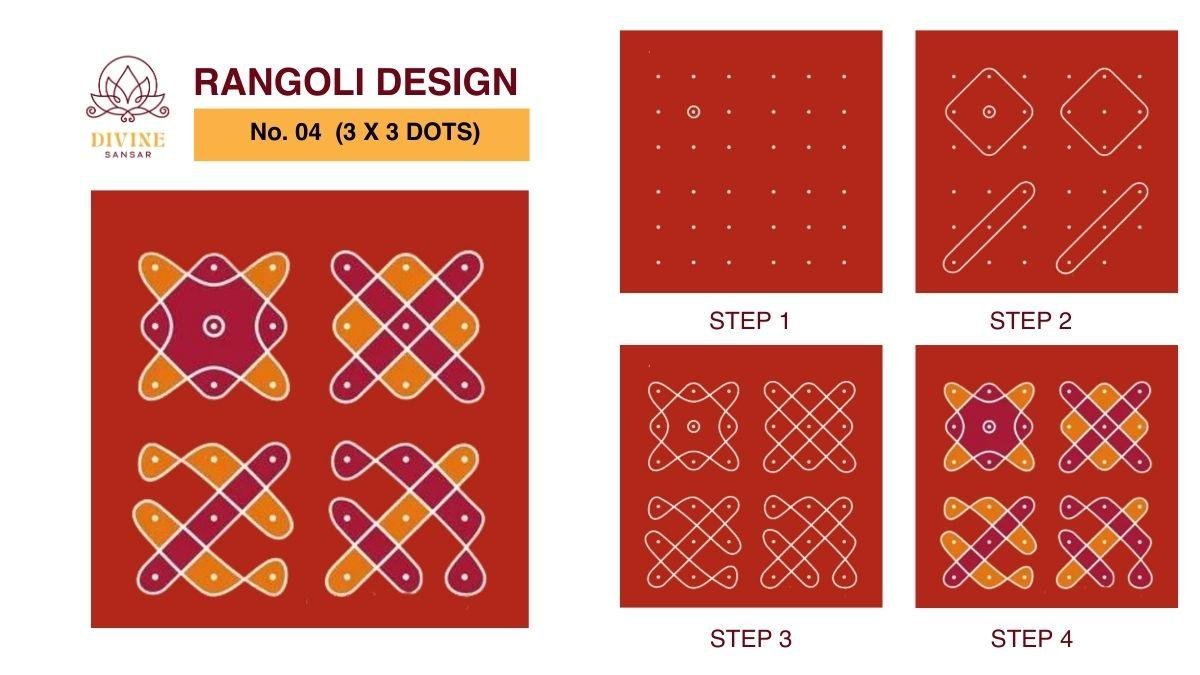



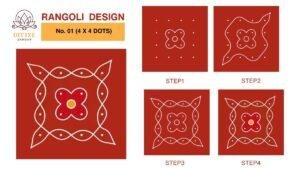
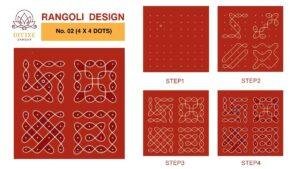
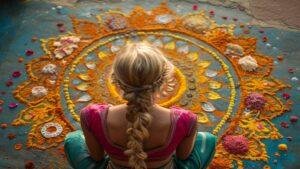





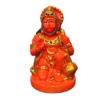
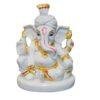

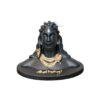

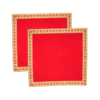
Add comment